Hughenden Manor & Church – Disraeli’s Journey
Past quaint green parkland we walked towards Hughenden Manor-Benjamin Disraeli’s home, who was Queen Victoria’s favourite, 19th century British Prime Minister. We were at High Wycombe in England to visit this great Statesman’s Country home that had 600 acres of picturesque woodland and parkland attached to it! Additionally we were visiting the 12th century Saint Michael and All Saints Church that holds Disraeli’s grave too.
Disraeli and India of the 19th Century
Records reveal that in the year 1858, the then Prime minister Lord Palmerston introduced a legislation for direct rule of India by the Crown, then Benjamin Disraeli of the Conservative party opposed it! Many Conservative MP’s declined to support him and the Bill passed the House of Commons easily!
Ironically years later in 1877, Benjamin Disraeli became the Conservative Prime Minister and had to declare Queen Victoria as the Empress of India! Though India was already under the Crown control since 1858 but this was a motion of further attaching India to Britain!! The first time since the death of her husband Prince Albert, Queen Victoria opened the British Parliament to pronounce the change in the royal title- the Empress of India. Subsequently, celebrations were held in Delhi which came to be known as the grand Delhi- Durbar of 1st January 1877!
Many believe that the phrase ‘Jewel of the Crown’ for India is ascribed to Benjamin Disraeli!
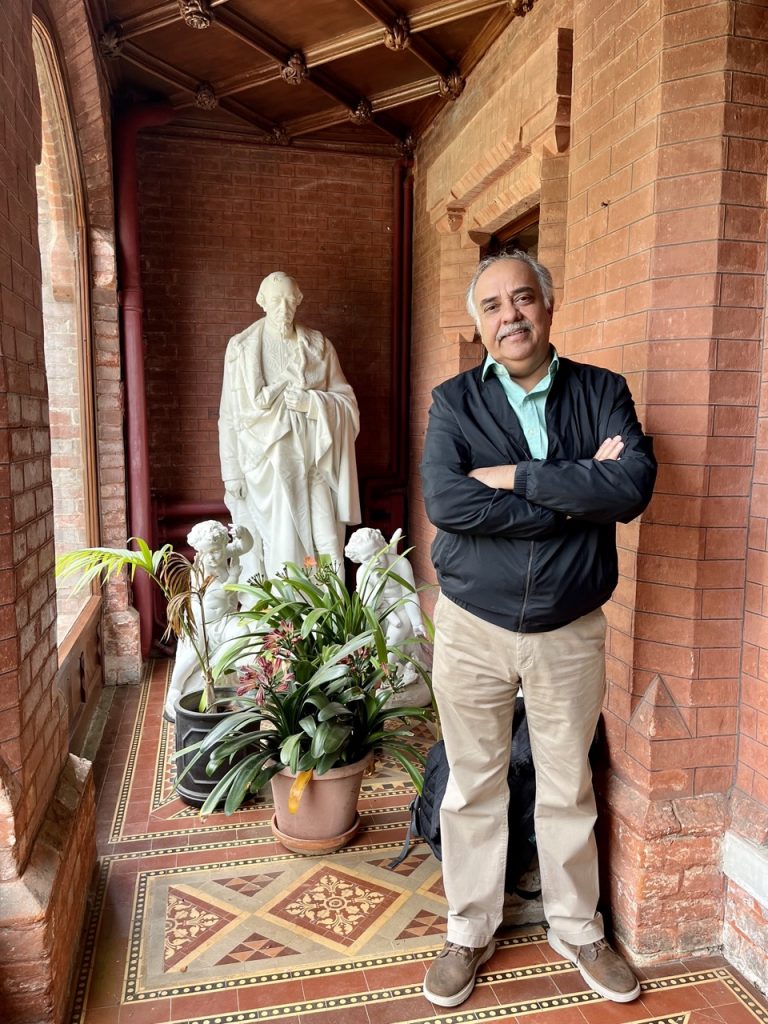
Visitor Arvind Chopra at the Entrance of Hughendon Manor with the life-size statue of Disraeli in the background
The Manor Entrance
Shortly we caught the first glimpse of the impressive red-brick house where Disraeli lived in the 19th century whose historical records date it to be an 11th century building. Past Disraeli’s dazzling white statue we stepped into a small Entrance Hall. We were about to catch a glimpse of the life of Disraeli and his wife who lived here from 1848 till their deaths.
The Dining room and Queen Victoria
On our right was the Dining room where Queen Victoria’s lunch in 1877 stands out to be a significant event. The legs of Queen’s special Dining-chair were cut & lowered for the eating comfort of the Queen, when she arrived for the historic Lunch at Disraeli’s Hughenden Manor home!
We were also impressed that the original carpet from the year 1850 that still covers the floor & a noteworthy ceiling which dates back to the pre-Disraeli era made out of golden wooden-ribs and Papier-Mache rosettes on it.
Library housing 4000 books
Across a narrow passage we entered Disraeli’s sunny bedroom next to the garden room. They could walk from the bedroom to the garden room or to the garden-terrace and finally to Disraeli’s sun-filled library at the other end of the 19thcentury home! Today, the library has been converted into a Drawing room as it was felt that too much sun was damaging the books and so it was swapped with the adjoining room. Disraeli’s library with a spectacular collection of 4000 books was his favourite room where he relaxed. I was reminded of one of his quotes- “Books are companions even if you do not open them’.
These rooms held many excellent paintings, few were copies of the originals painted for Queen Victoria and later presented to Disraeli by her! Besides the 19th century artifacts and furniture; the carved wooden fireplace and the Oak dresser dated to pre-Disraeli era!
Disraeli’s bedroom – The fireplace
Now we climbed upstairs to come upon another Disraeli bedroom which was recreated after he died and it held few of his personal belongings. The Fireplace of this radiant yellow bedroom was noticeable for it held two portraits; one of Queen Victoria and another of Disraeli next to each other. The Queen had presented these to Disraeli but being a gentleman that he was; he did not display them till his wife was alive!
Disraeli’s Study
From the bedroom we moved into his wife Mary Anne’s Boudoir from where she ran the household – writing account books and designing the garden. We caught the fabulous view of the garden and Hughenden Valley from the large glass Victorian windows in a number of upper floor rooms. Next to it was Disraeli’s Study or Workshop, as he preferred to address it and I could imagine him conducting his letter-writing and parliamentary-affairs alongwith using his Ministerial Dispatch Box, also on display!
The Statesman’s room
From the Study we strolled into the Statesman’s room- the most fascinating part of the house where the photographs and documents demonstrated Disraeli’s political accomplishments. One highlight was the 1878 ‘Congress of Berlin Fan’ made of Cherry wood – his greatest achievement. This was rewarded to him as he was recognized as a Statesman of world rank; whilst he stopped the Russian expansion and war on then- Ottoman Empire (Turkey).
Suez Canal – Disraeli’s futuristic vision
Another highlight of the room is a sketch of Suez Canal that explained Disraeli’s impressive futuristic vision and valuable contribution for Britain. Built by the French when the Suez Canal opened in 1869, it cut weeks and thousands of miles off the journey between Britain and India. As approximately 80% of the ships using the Suez Canal were British so buying shares for partial control might be crucial for future. Much against the wishes of many; Disraeli purchased several thousand shares of Suez Canal for only 4million pounds and they went on to gain a value of 40 million pounds by 1914!
Outside- Church & the Valley
Concluding the tour of the house, we walked outside to soak in the stupendous natural beauty of the Hughenden Manorthat lies in the beautiful Hughenden Valley and has flower filled gardens, woods and remains of an Ancient Forest and Parkland to explore. We decided to walk to the early medieval Saint Michael’s and All Saints Church close-by to see Disraeli’s grave- his final resting place.
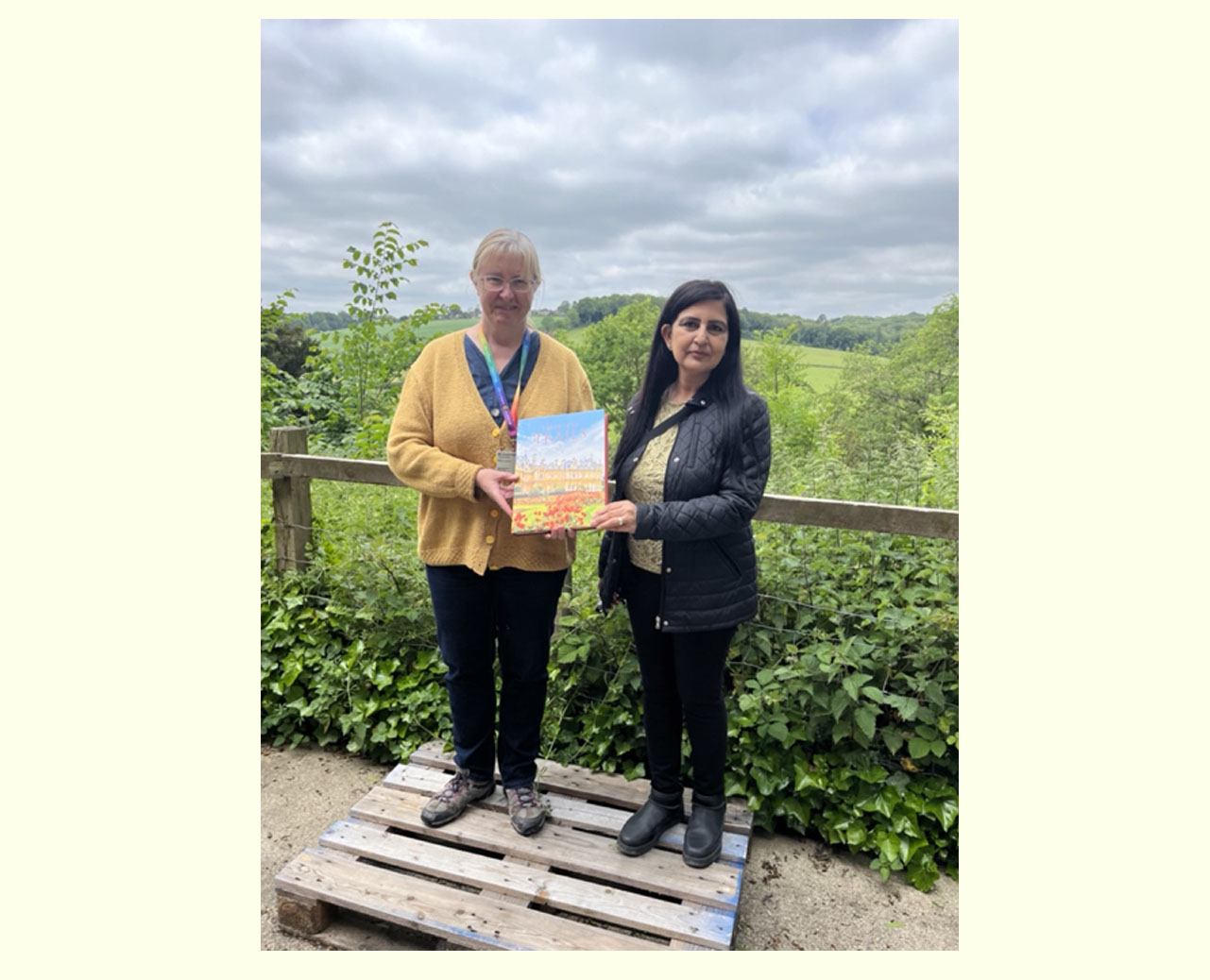
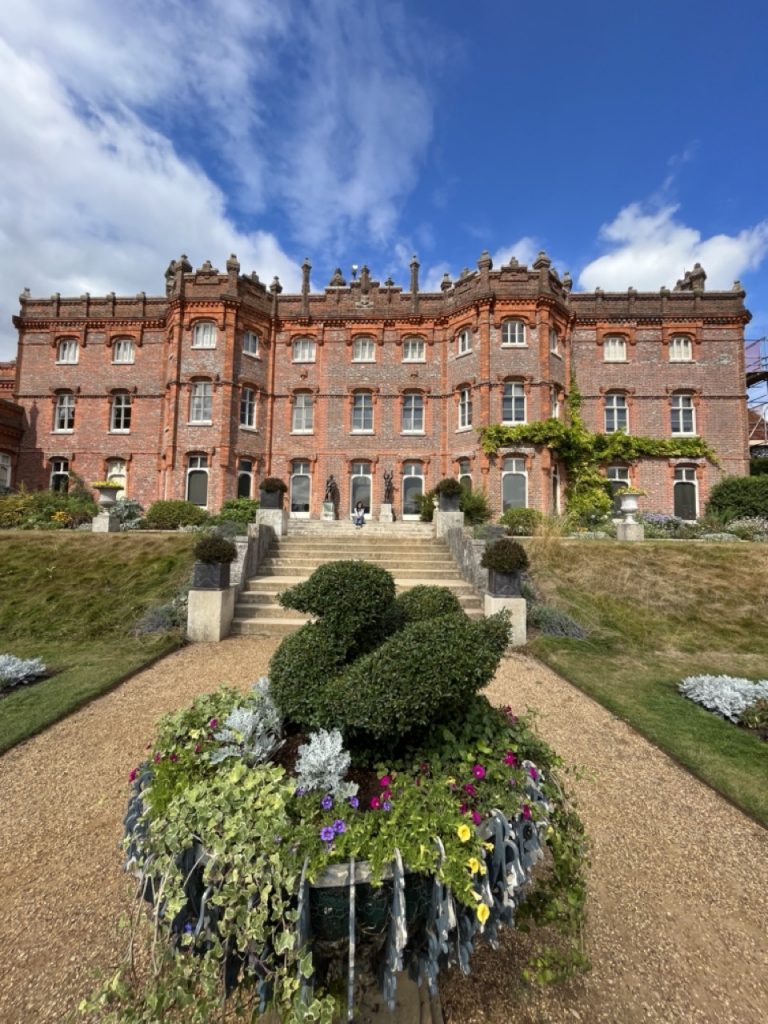
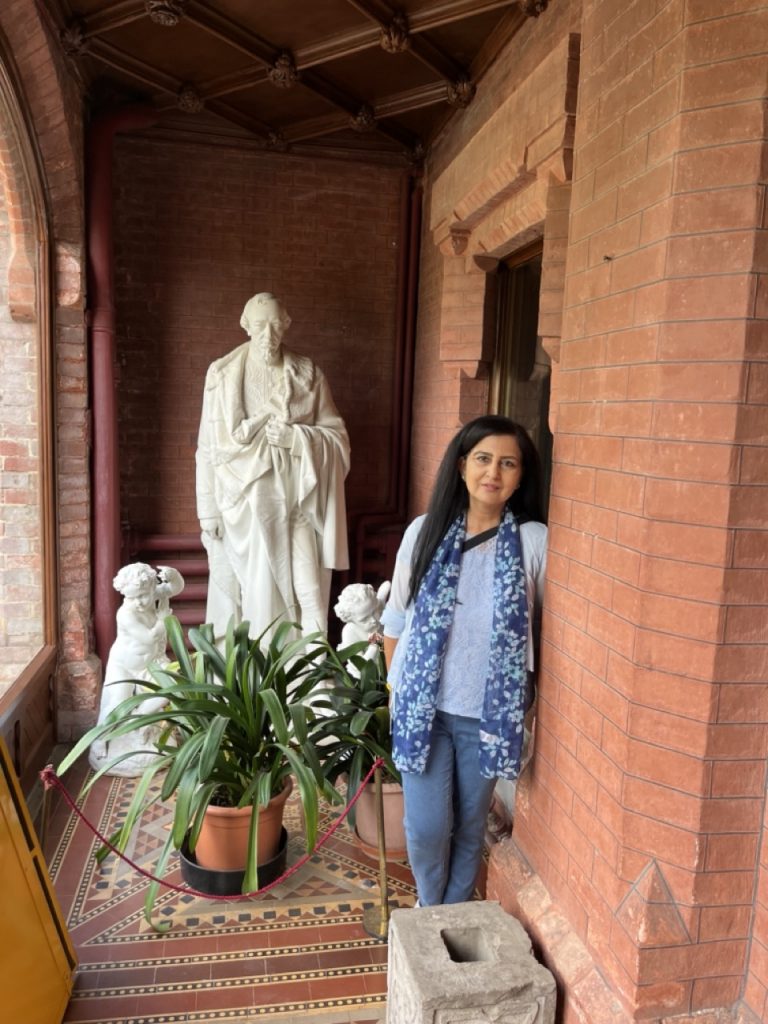
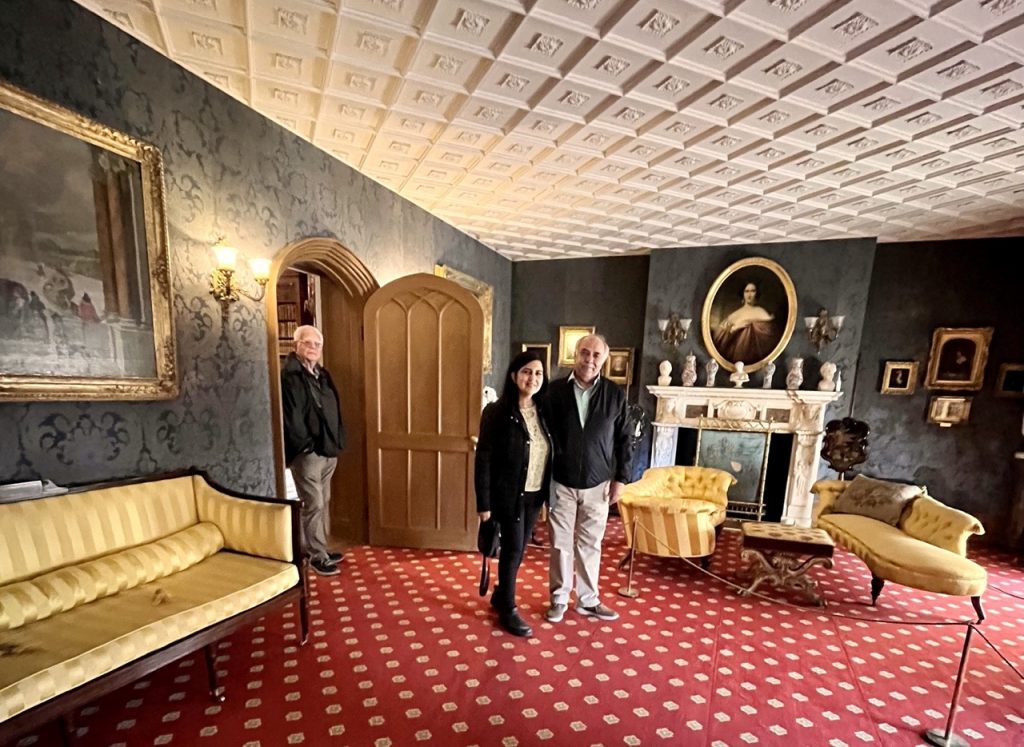
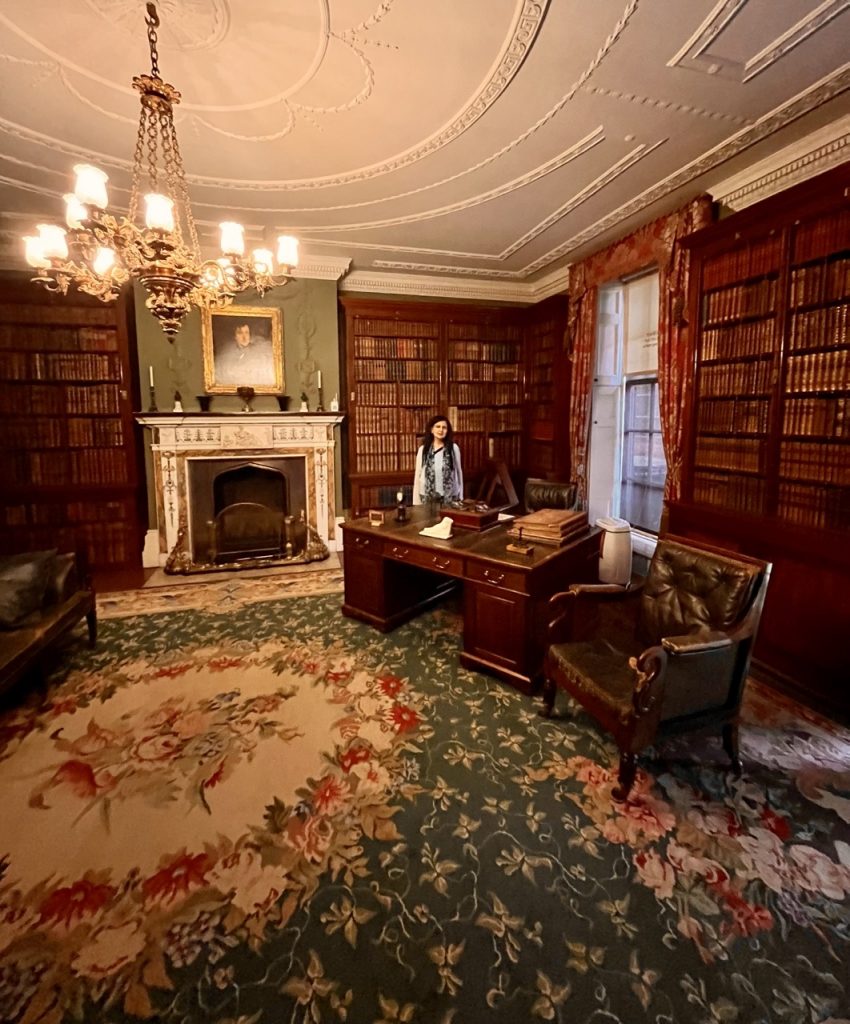
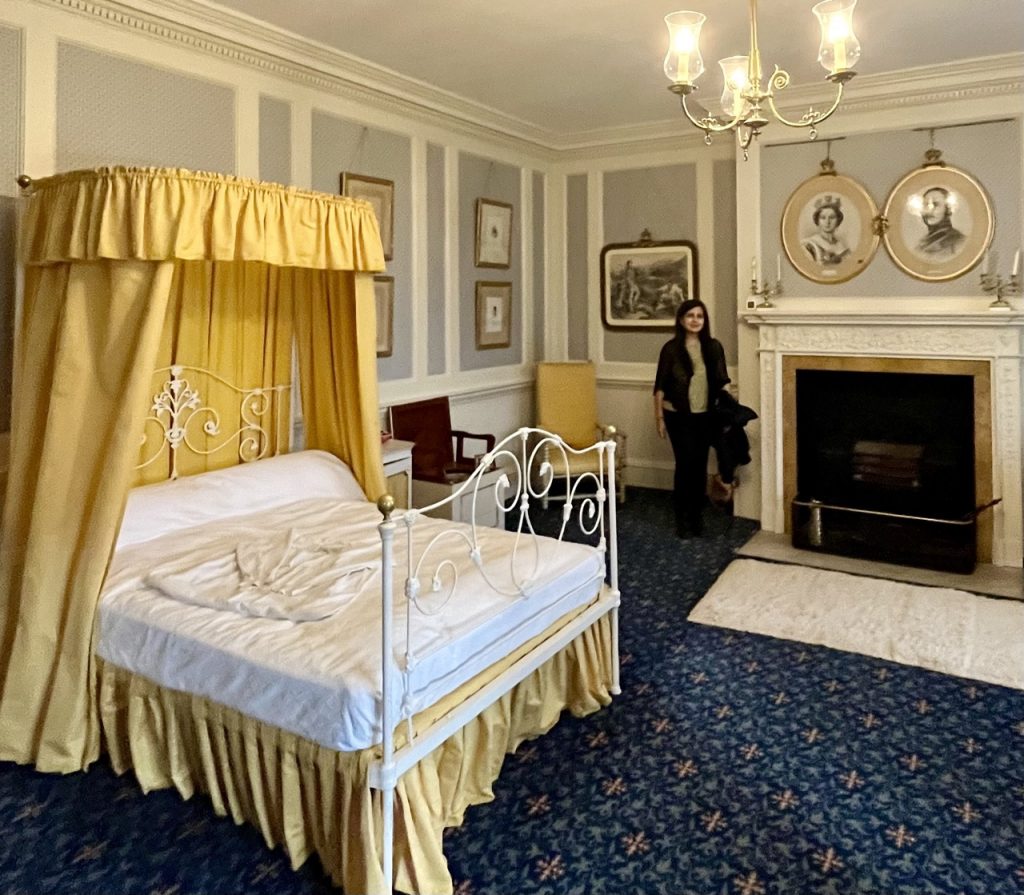
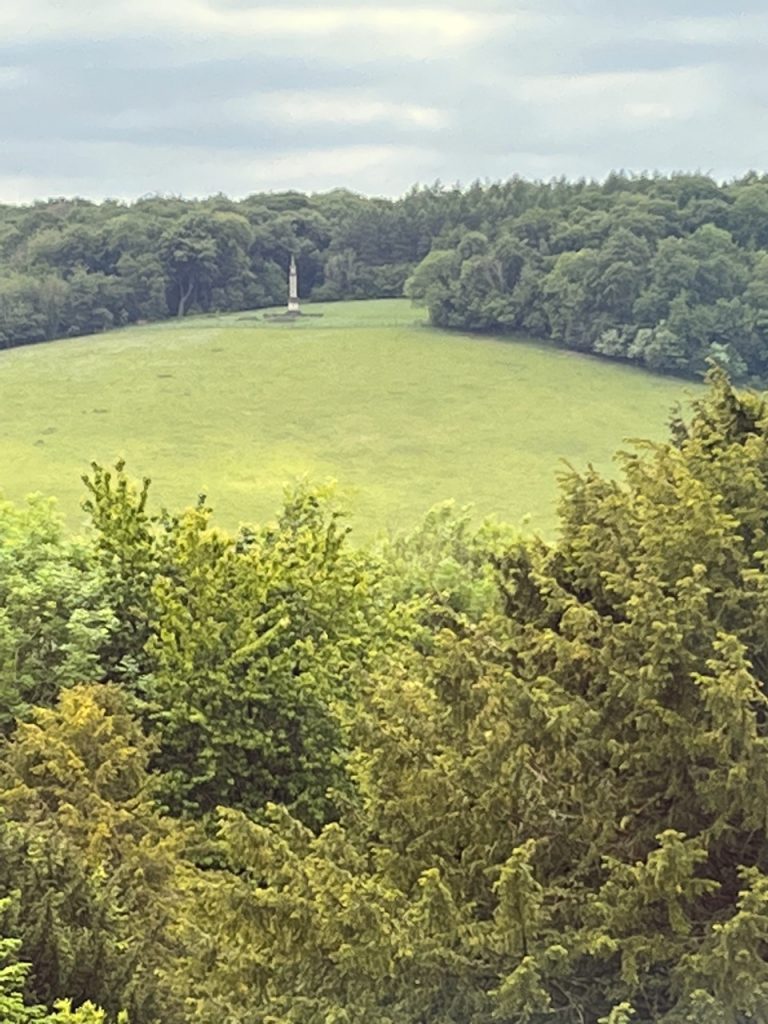
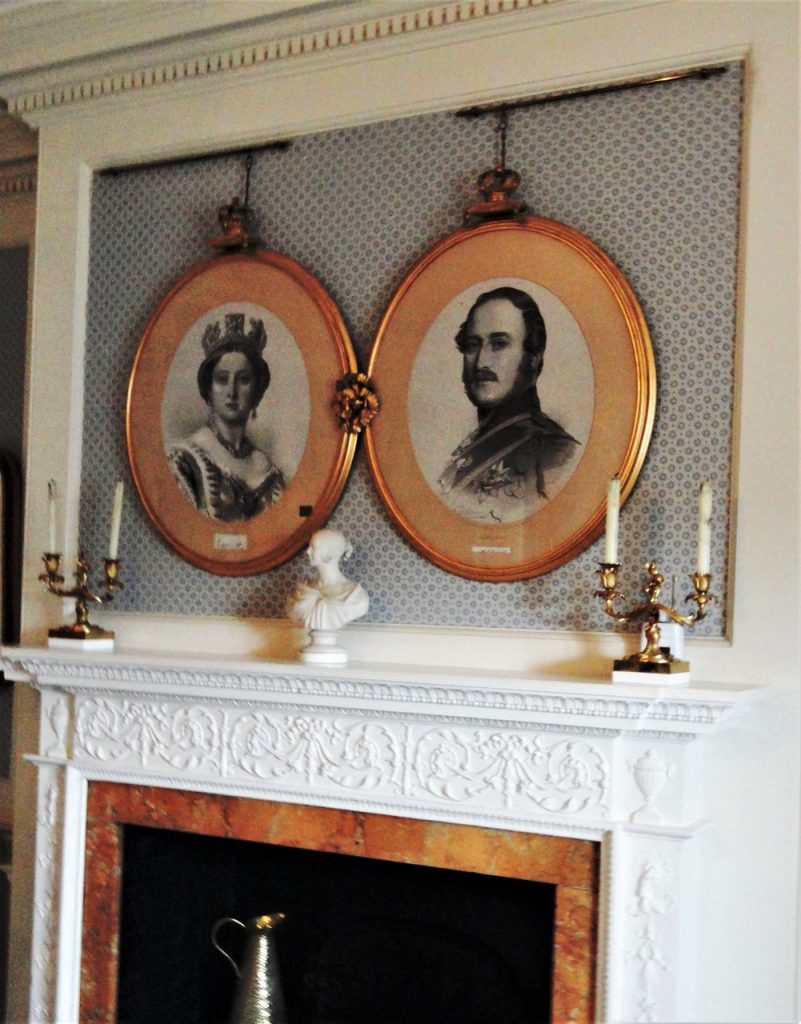
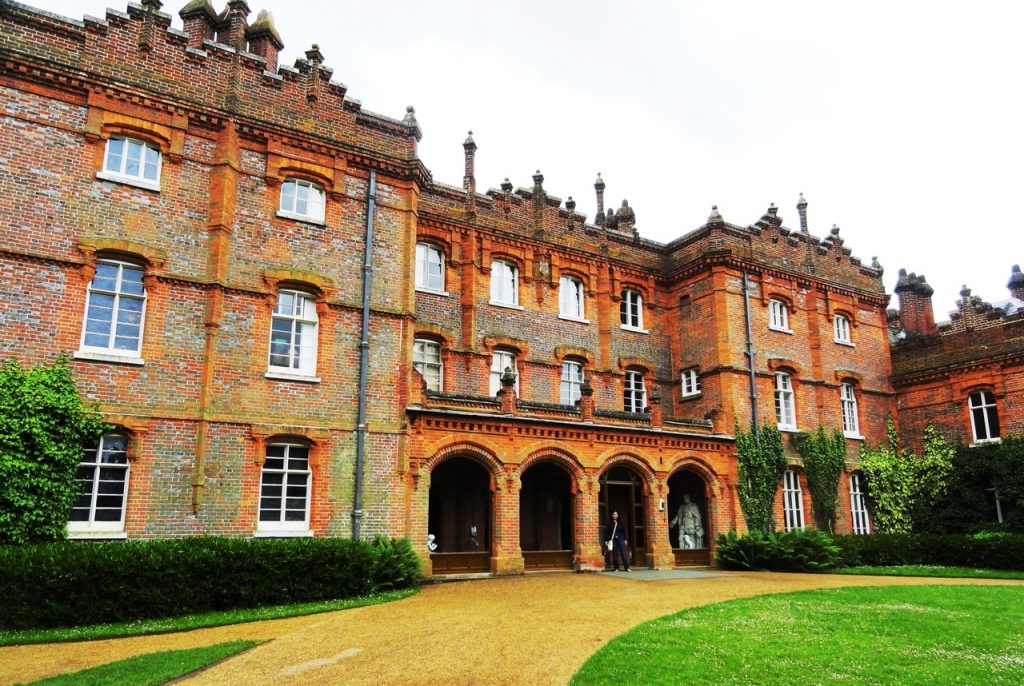
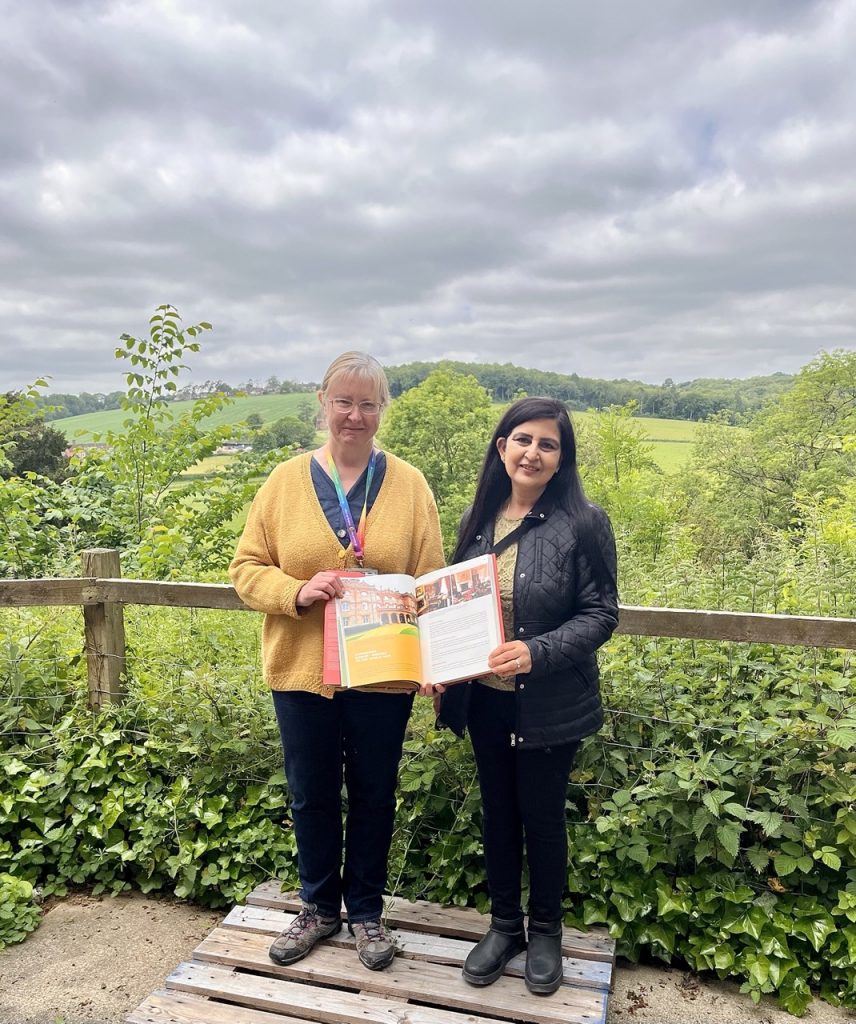
Thank you Seema for your wonderful posts! These have inspired me to get back to exploring these amazing houses/homes! Sionaidh Craigen
Wonderfully captured! Makes you feel so immersed in Disreali’s legacy with you.
Wonderfully captured, makes one feel like they’re experiencing Disraeli’s legacy with you.
Seema ji, your way of describing the ‘timeless trails’ is poetically fascinating and enchanting. It speaks volumes about the exemplary ways in which the past can be richly preserved.
Seema ji,
What you create is pure art ~ it’s a reflection of a soul that sees beauty where the world forgets to look.
There’s a depth in your simplicity, a stillness in your expression that stays with me long after I’ve read or seen it.
Every post of yours is a moment of peace, a pause, a reminder that there’s light even in quiet corners.
You inspire by being you.
Impressive piece of writing
You have given a vivid and finely detailed peep into this grand place
Outstanding! So well researched and beautifully written . Well done ! Keep up the excellent work
Thanks Seema for sharing the timeless trail and keeping history alive.
Seems like a very nice and interesting place to visit.
Very well preserved.
Nicely maintained place, from carpets to wall pictures, from books to garden’s .. still everything look’s so new & fresh .. Wow!!
Seema ji,
Thank you for sharing this beautifully written journey. It’s a true testament to preserving and celebrating history!
Sounds a really charming place, nice you shared your memories and made it come alive for us.
Interesting to know how well preserved the historic artifacts and life history is done for future generations to see.
Truly brought to life by Seena
Seema ji, your vivid journey through Hughenden Manor beautifully brings Disraeli’s legacy alive history, politics, and poetry in one elegant walk. Truly a timeless trail!